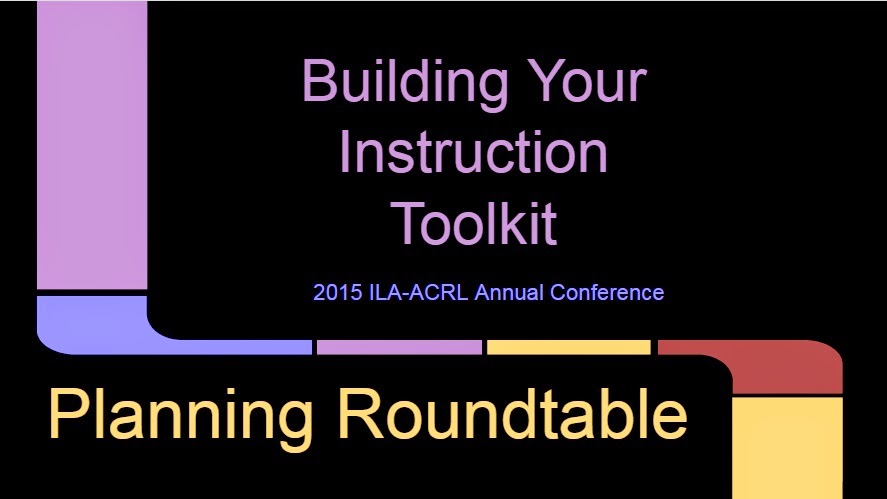--
Talking about saving stuff for future historians has always been a subject of interest to me. I urge my relatives to use archival quality folders and print out best photos from their iPhones. When it came to my Information Literacy 101 class, a one-credit required course at St. Ambrose University, I would usually jump onto my soapbox for a few minutes concerning that subject and, more often than not, all I achieved were rolling eyes. One year it occurred to me and to the University archivist, Onnica Marquez, that instead of the “Special Collections and Archives” being a 5 minute stop on the big library tour I gave on the first day of class, we could spend a class period actually in the room being interactive and maybe frame some IL concepts.
I generally err on the side of fun and wanted it to be hands on. So the archivist and I collaborate to teach a 75 minute class. (She does a great first 30 minute CSI: Archives activity before the activity below that I hope she will share in this very blog one day.) She gathers and sets out a collection of old yearbooks, college catalogs and student handbooks from the very start of the college in 1880’s through to the 1980s.
The students break into groups for each decade and find fun and interesting facts, rules, tuition rates, photos to share with the big group. There is often laughter from the restrictions, clothes styles and various ads, even font styles du jour, etc.…
We then come back together and each group shared what they found starting with the first decade chronologically. It shows a progression of change we comment on – we all see history and social mores changing. We talk about primary sources and how useful it is to view the originals without filters. We discuss the manner in which their cohort of the 21st century would be included in the archives. Digitally? It is a chance to expose the fragility and gaps of historical documentation of campus life today.
I take a group photo of them (with one kid wearing the woolen school beanie from the 1950s) with my own iPhone and print it out on archival paper and store it in those very archives for the students in 60-100 years to look at and laugh at! The students love it! I encourage them to submit digital photos that they take on campus or at campus events to the archivist who can print them out and save in the archives for their story to carry on.
Outcome? A lesson on the use of primary sources, an understanding of what an archive is and how they could use it, not only here, but elsewhere and a commitment to preserve their own present for future generations -- not to mention, as first-year students, a sense of collegiate loyalty and buy-in (retention, anyone?).
Inspirations:
Phillips, C. N., & Shaw, D. W. (2011). Fact, fiction, and first-years: Helping students imaginatively engage the archives (early!). Journal for the Society of North Carolina Archivists, 9(1), 50-60. Retrieved from Library, Information Science & Technology Abstracts database.
LeFrance, A. (2015, October 28). Raiders of the lost web. Retrieved from the Atlantic web site: http://www.theatlantic.com/technology/archive/2015/10/raidersofthelostweb/409210/






